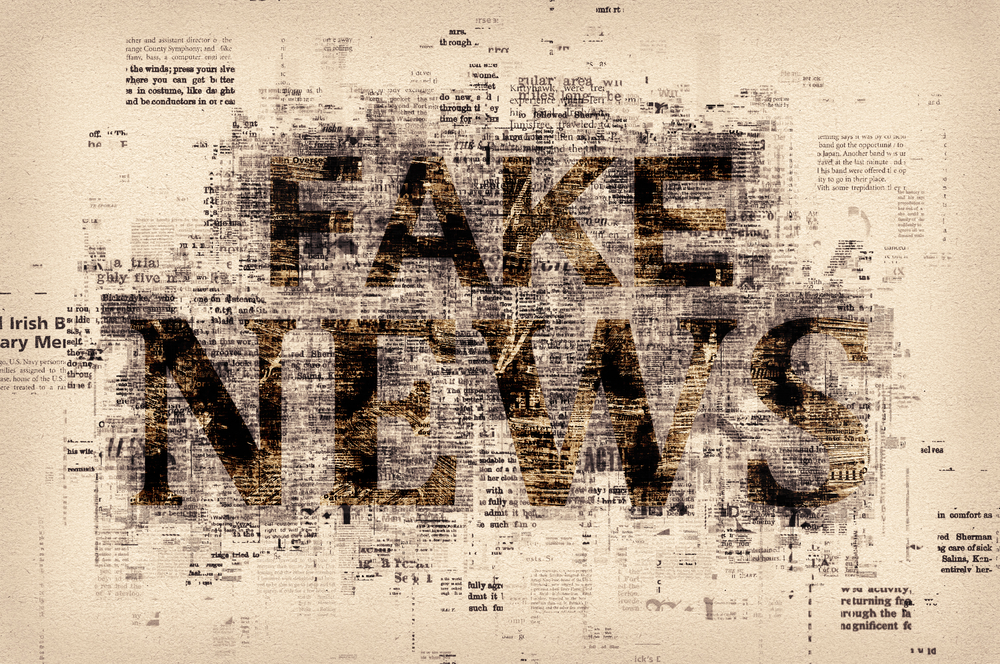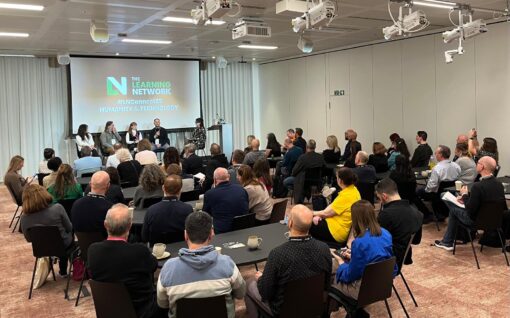What HR and L&D can do about fake news and misinformation

We’ve all shared a tweet without reading the content of the links that were within it, right? I recently ran a webinar on fake news for the L&D Mastermind Group in which I asked whether people had shared tweets without reading the links in them and most answered yes. This is consistent with a study, by computer scientists at Columbia University and the French National Institute, that shows 59% of links shared on social media have never actually been clicked. It is easily done. We are time poor and are willing to share updates and links from people we trust without looking at them. The only problem with that is that we are not always as discerning as we should be and it can be difficult to know what’s factually correct and what’s not. Even trusted sources get things wrong.
Our attempts to take shortcuts with information mean that we are susceptible to being attracted to, believing and sharing misinformation. So what is misinformation and fake news? Here are some definitions taken from the Cambridge dictionary.
Fake news
False stories that appear to be news, spread on the internet or using other media, usually created to influence political views or as a joke
Misinformation
False information that is disseminated, regardless of the intent to mislead
Notice that these differ from disinformation, which has an intent to deceive.
Disinformation
False information spread in order to deceive people
Why should L&D and HR professionals care about this subject now?
First, we are living through an infodemic which is unlikely to ever go away. According to Internet Live Stats, there are almost two billion websites serving up information and this number is growing all the time. Information overload is being felt more keenly within organisations now that they have switched to more digital ways of working as a result of working from home during the Covid-19 pandemic.
Second, organisations need to explore their future direction in light of the pandemic. And to do that, people need good information to help them make good decisions. Organisations need to make strategic decisions based on sound thinking. However, there is a lot of dodgy information out there and myths continue to live on, especially in L&D – learning styles, anyone?
During the webinar, I looked at the scale of the misinformation problem, why we humans are susceptible to it and what we can do to deal with it.
In this article I share some of the links I used as source material for the talk to help guide your thinking on this topic. You can watch the webinar recording here.
The scale of the problem
I talked about events that have had, and will have, a significant impact on our lives and that have been impacted by misinformation. They are:
Brexit
New study shows Brexit is drenched in fake news
This research shows the extent to which the British public believed the false claims made in the build up to the Brexit vote in 2016.
2016 US presidential elections
Influence of fake news in Twitter during the 2016 US presidential election
Here’s a look at the scale of misinformation on Twitter ahead of the election of President Trump.
Covid-19
Types, sources, and claims of COVID-19 misinformation
And here’s a look at misinformation around Covid. Note the impact of claims made by prominent public figures.
Facebook’s Algorithm: A Major Threat to Public Health
This research shows by how much more fake Covid-19 dominates Covid-19 from credible health sources.
Cognitive overload and our susceptibility to fake news
The History of Cognitive Overload
A look at cognitive load and the evolution of our attention filter and how it helps us navigate our world.
Cognitive bias cheat sheet
This list includes a section on the challenge of processing too much information and the biases that are play in overcoming them.
Heuristics and Biases – The Science Of Decision Making
There’s more of a focus on decision-making in this article. It introduces heuristics and the role they play in speeding up our decision-making process.
Biases Make People Vulnerable to Misinformation Spread by Social Media
This article looks at all the biases affecting the spread of fake news, including bias in technology and in society.
The psychology of misinformation: Why we’re vulnerable
Finally, this piece does a good job at recapping some of the ideas discussed in the articles above. If you are short of time, read this one!
How to deal with misinformation
10 Cognitive Biases Explain Why We Fall For Fake News
A look at some of the biases at play when we humans are seduced by fake news.
Facts v feelings: how to stop our emotions misleading us
A look at the role our emotions play in how we decide what information to believe.
Resources
Here are some tools and resources for identifying and dealing with misinformation.
- The Debunking Handbook
- BBC Reality Check
- Google fact Check Tools
- Journalist’s Toolbox
- Duke Reporter’s Lab
- Factcheck.org
- Fullfact
- Snopes
And here are some sources of credible and evidence-informed information in L&D and HR.

